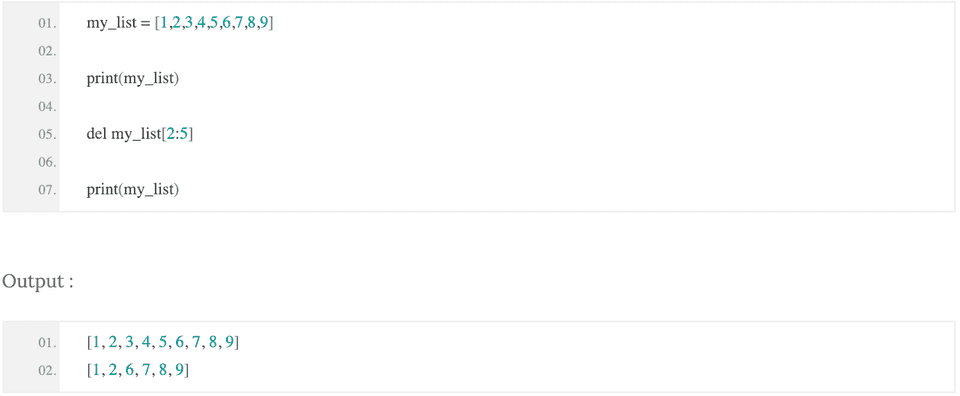

If you don’t have all the prerequisite knowledge before starting this tutorial, that’s okay! In fact, you might learn more by going ahead and just getting started. You might also find it helpful to have some experience with Bootstrap 4.
PYTHON RSS FEED READER HOW TO

With help from the django-apscheduler library, you’ll set a schedule for your function calls, which are also called jobs. To parse and save the data, you’ll run your code from within Django itself. Instead, you’ll learn how to use a built-in Django tool called a custom management command. You could add this code to a script and manually run it periodically, but that would defeat the point of having an aggregator to save time. You’ll use this library to extract only the newest episode data from the feed, which you’ll marshall into an Episode model and save to the database with the Django ORM. In order to fetch the podcast RSS feeds into your application and parse them, you’ll learn how to use the feedparser library. Now you’ll look at which technologies and frameworks you’re going to use for the above steps. You’ll walk through each of these over the course of this tutorial. In order to be able to display the content to the end user, you have several steps to follow:


 0 kommentar(er)
0 kommentar(er)
